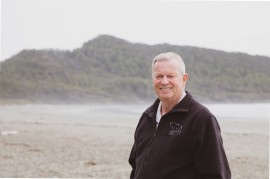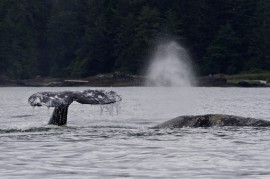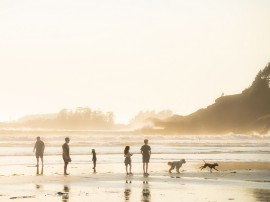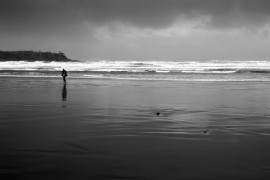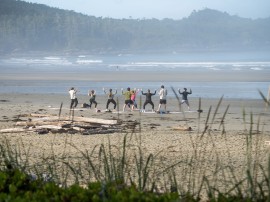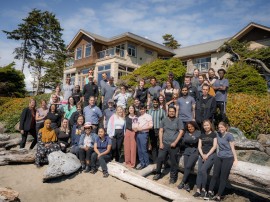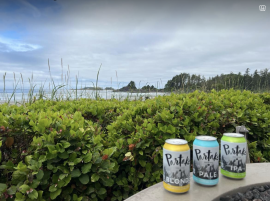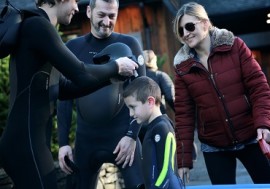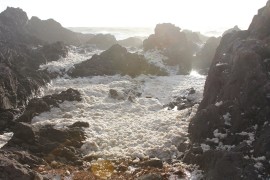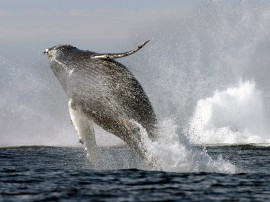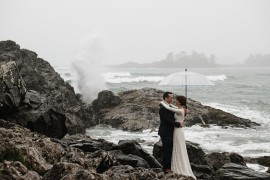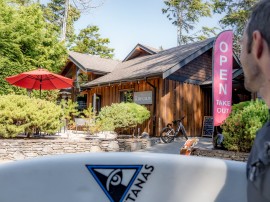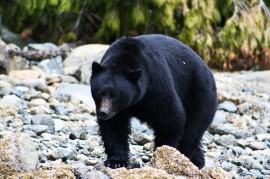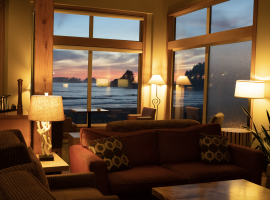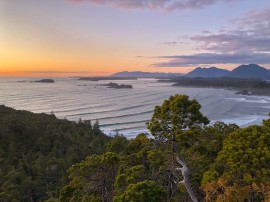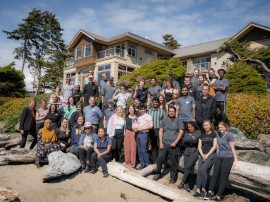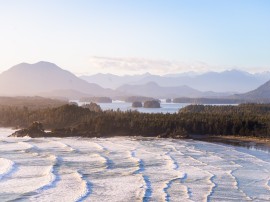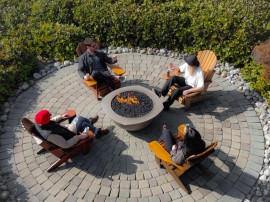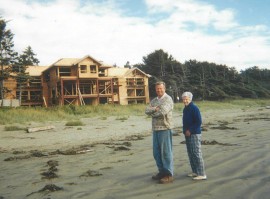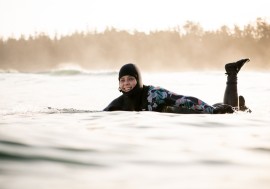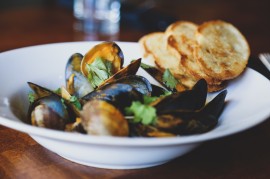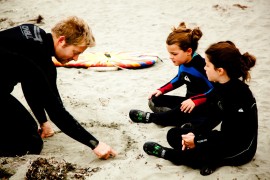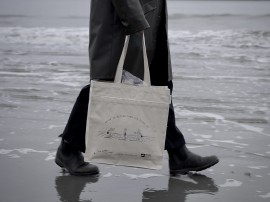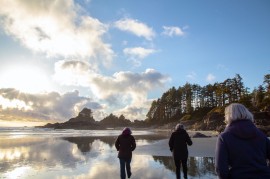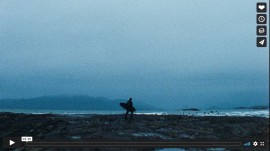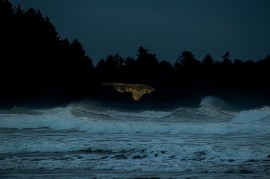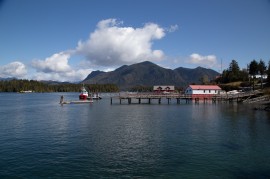New path through Pacific Rim National Park promises new vistas
Biking and hiking path will link Tofino and Ucluelet and immerse users in Pacific Rim National ParkVisitors to Pacific Rim National Park, Long Beach, Tofino and Ucluelet will soon have a great new venue to view the natural wonders that make the region a world-class destination.
The Canadian federal government has announced plans for an $17 million biking and walking trail through the Pacific Rim National Park connecting Tofino to Ucluelet.
“Local residents have wanted a walking and biking trail that connects the West Coast communities for as long as I have lived here,” Tofino mayor Josie Osbourne explained to the Tofino-Ucluelet Westerly News. “The leg between Tofino and Long Beach has been of particular interest, because of the number of people who ride bicycles out to Long Beach, but of course a trail running the length of the Park is very much needed and very much welcomed … Not only is it a fantastic draw for visitors, and safer way for residents to cycle to beaches or to Ucluelet.”
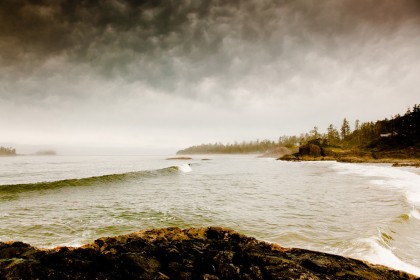 |
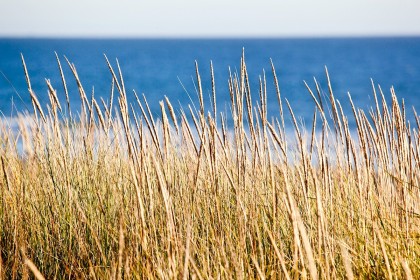 |
Pacific Rim National Park was established in 1970 to protect representative examples of the Pacific Coast Mountains Natural Region and the West Vancouver Island Shelf Marine Region.
The park is broken into three distinct units: the Broken Group Islands unit which is accessible only by boat; the Long Beach unit, the most accessible of the three units along Highway 4 between Tofino and Ucluelet; and the West Coast Trail unit, a 75 km (47 mile) backpacking route along temperate rainforest, sandstone cliffs, waterfalls, caves, sea arches, sea stacks and beaches.
Most visitors to Tofino and Long Beach and Pacific Rim National Park experience the region in small pieces and primarily the Long Beach component, through the car window, short beach access trails, on the beach and over a number of contained hiking trails.
The new walking and biking trail promise to immerse visitors and residents in the park to experience the forest, ocean, mountains, streams and dunes like never before.
Pacific Rim National Park’s diverse and beautiful terrain is known the world over and has even been memorialized by the National Geographic Society in its “National Geographic Guide to the National Parks of Canada” guide:
Location: British Columbia
Date Established: 1970
Size: 126,500 acres
Few people forget the first time they walk out onto seemingly infinite Long Beach, a 10-mile strip of undeveloped coastline set against a backdrop of lush emerald rain forest and distant mountains. One of Canada’s most visited tourist attractions, the beach attracts surfers, beachcombers, and marine life enthusiasts.
Park Facts
Three-Part Park Skirting the western fringe of Vancouver Island, Long Beach is the most northern of three park units, a 34,800-acre chunk of beach-fronted coastal temperate rain forest, and since 2000, a core protected area of the Clayoquot Sound UNESCO World Biosphere Reserve. The shoreline stretches roughly between the town of Tofino in the north and Ucluelet in the south.
Long Beach Hideout Unknown to the world before 1959, when a road was punched across the width of Vancouver Island, the beach became an end-of-world refuge for draft dodgers, hippies, and surfers until 1970, when the beach settlements were evicted for the new national park. Much of the laid-back vibe of that earlier era remains.
Water-Access Only Directly to the east of Ucluelet are the Broken Group Islands—an archipelago of more than a hundred tiny, rugged islands at the center of Barkley Sound, a popular kayak destination. Only about 13,950 acres of land is found across the 26,440 acres of ocean park area; this maze of waterways and channels is accessible by watercraft only.
Shipwreck Path The southernmost area is the 10,130-acre West Coast Trail unit, named for the 47-mile hiking path through pristine rain forest between Port Renfrew and Bamfield. The trail was established in 1907 as an emergency rescue path for shipwrecked mariners after 120 people died when the Valencia ran aground on a reef near Pachena Point during a gale.
Native Culture The unifying elements of these three different units are water, rain forest, and the native Nuu-chah-nulth culture. Present in the Pacific Rim area for thousands of years, these master mariners and whale hunters utilized the natural resources for trade and sustainability and often battled the waves of Spanish, then British (and later Americans) who descended on the coast in the late 18th century to exploit furs, timber, and whale oil. Today 7 of 15 Nuu-chah-nulth tribes maintain at least 22 small reserves within the park boundaries and nine at the border of the park; they are active partners in park administration and interpretive programs.
—Text adapted from the 2011 National Geographic book Guide to the National Parks of Canada
While plans have yet-to-be finalized, it is believed construction will start just south of Tofino and Long Beach Lodge Resort on the Esowista Peninsula and work south.

